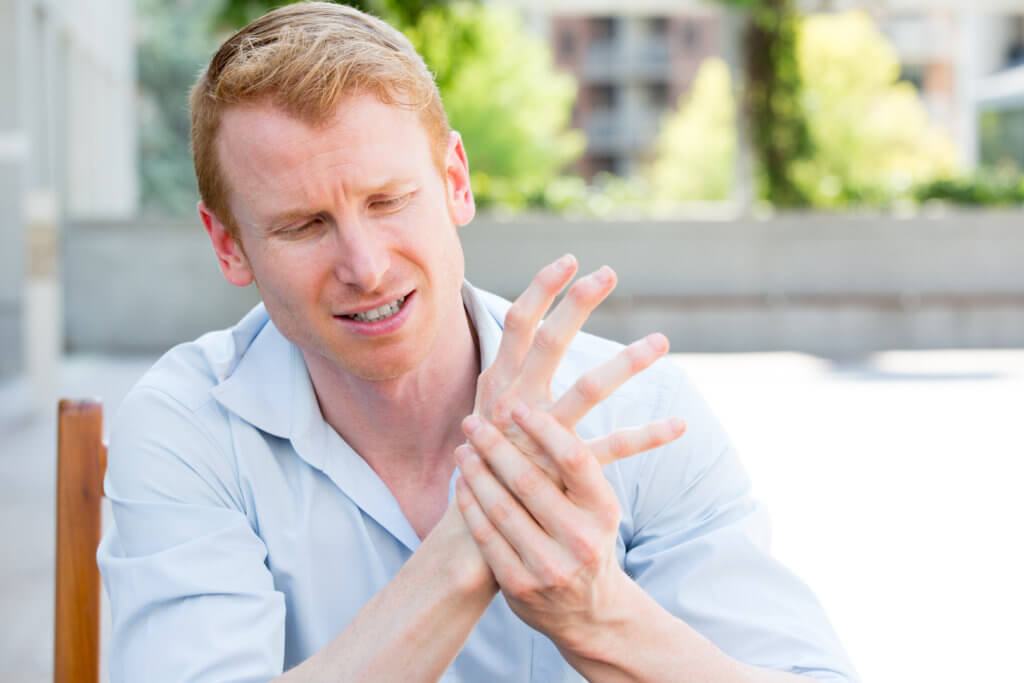SEATTLE — Arthritis is just a problem for the elderly, right? Not so fast. A recent study finds that osteoarthritis affects 15 percent of individuals over the age of 30 worldwide. Contributing factors include obesity, as well as an aging and growing global population. Remarkably, excess weight is responsible for 20 percent of these cases. Moreover, for those over 70, osteoarthritis ranks as the seventh leading cause of years people live with a disability.
Experts forecast that by 2050, one billion people will be afflicted by this condition. Women tend to be more susceptible than men. The most commonly impacted areas include the hands, hips, knees, and other joints like the shoulders and elbows. By 2050, estimates predict a 78.6-percent increase in hip pain cases, 75 percent in the knee, 50 percent in the hand, and a staggering 95.1-percent increase in other areas.
This research, led by the Institute for Health Metrics and Evaluation (IHME) in Seattle, assessed three decades of osteoarthritis data from over 200 countries. In 1990, the global count was 256 million individuals with osteoarthritis. By 2020, this number skyrocketed to 595 million, marking a 132-percent increase from 1990. The dramatic rise can be attributed to three primary causes: aging, population growth, and the obesity epidemic.
“With the key drivers of people living longer and a growing world population, we need to anticipate stress on health systems in most countries,” says Dr. Jaimie Steinmetz, the study’s lead research scientist at IHME, in a media release. “There is no effective cure for osteoarthritis right now, so it’s critical that we focus on strategies of prevention, early intervention, and making expensive, effective treatments like joint replacements more affordable in low- and middle-income countries.”

In 2020, the gender distribution for osteoarthritis cases was 61 percent women and 39 percent men.
“The reasons for gender differences in osteoarthritis prevalence are being investigated, but researchers believe that genetics, hormonal factors, and anatomical differences play a role,” says Dr. Jacek Kopek, a senior author and professor at the University of British Columbia.
The team’s findings underscored the mounting influence of obesity over time as its rates have soared. They estimate that effectively addressing obesity could reduce the osteoarthritis burden by one-fifth.
“Physical activity is not only a preventive measure against injuries early in life but is also beneficial for those already experiencing joint pain. Contrary to what one might assume, having joint pain shouldn’t be a reason for remaining inactive,” says Dr. Liane Ong, a lead research scientist at IHME.
The study is published in the journal The Lancet Rheumatology.
South West News Service writer Jim Leffman contributed to this report.

